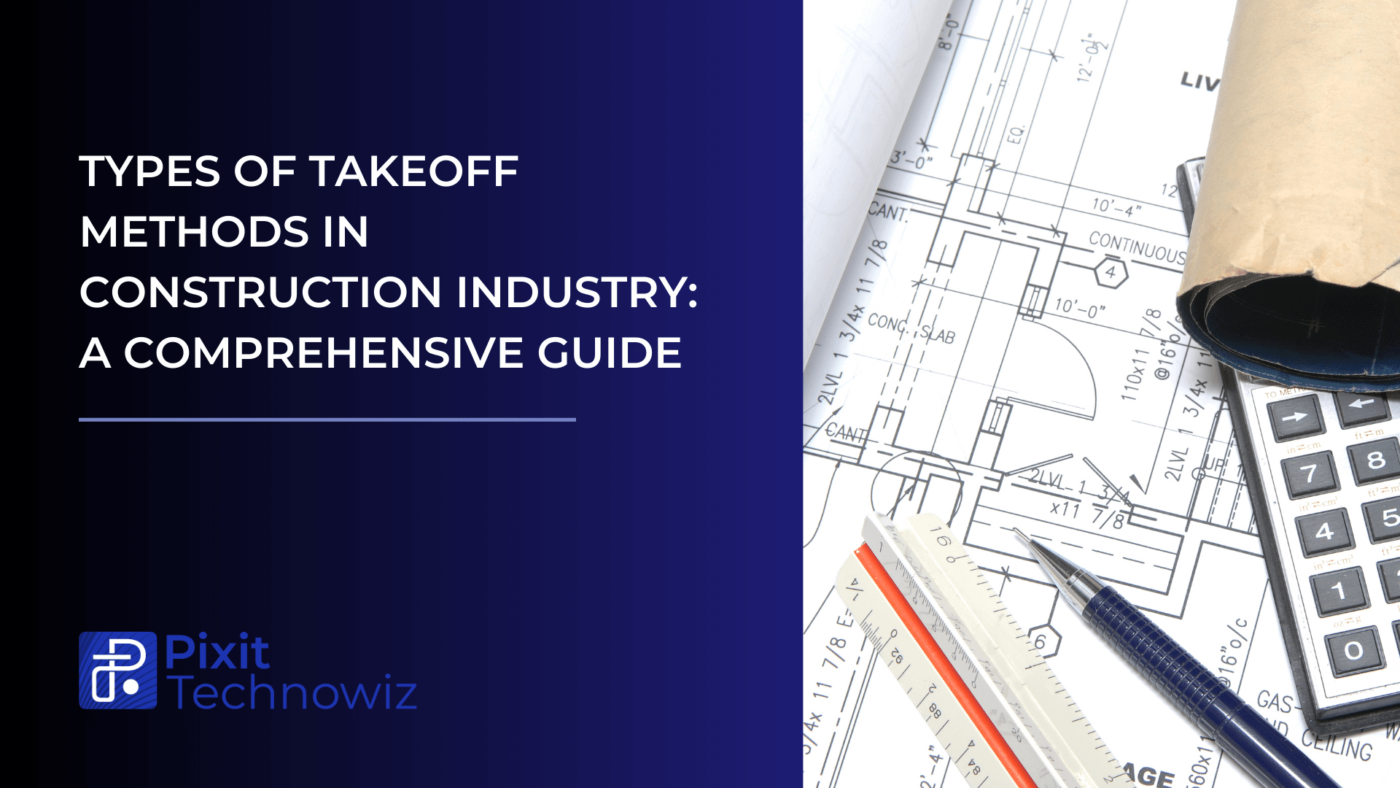Introduction to Construction Takeoff
The construction industry relies heavily on meticulous planning and preparation. One crucial aspect of this preparation is takeoff – the process of identifying and quantifying materials required for a construction project. In this guide, we will examine various Types of Takeoff Methods in Construction Industry.
Traditional Takeoff Methods
– Manual Takeoff
Manual takeoff is an age-old method that requires physical measurement and calculation of materials. This process involves detailed scrutiny of blueprints, sketches, and plans. While labor-intensive, this method offers a hands-on approach and allows for a deeper understanding of the project.
– Using Scale and Plans
Utilizing scale and plans involves the use of specialized measuring tools to determine quantities from construction drawings. This method has been a mainstay in the industry and offers accuracy but can be time-consuming.
Digital Takeoff Methods
– On-Screen Takeoff
On-screen takeoff represents a shift towards digitalization, using advanced software to conduct takeoffs directly on the computer screen. This method streamlines the process, reducing errors and saving valuable time.
– BIM (Building Information Modeling)
BIM goes beyond traditional blueprints, offering 3D models that provide a more comprehensive view of a project. This technology-driven method enables better collaboration and offers insights that were previously hard to attain.
Comparing Traditional vs. Digital Takeoff
While traditional methods have their charm and reliability, digital takeoff methods offer speed, efficiency, and collaboration. The choice between these two often boils down to the project’s complexity, budget, and the team’s expertise.
Applications of Different Takeoff Methods
In Residential Construction
Takeoff methods in residential construction focus on home building requirements. BIM has found particular popularity here, offering detailed insights into interior and exterior designs.
In Commercial Construction
Commercial construction projects often require robust planning and extensive material lists. On-screen takeoff methods have proven useful in managing these large-scale projects.
In Infrastructure Projects
Infrastructure projects are typically grand and complex. Both traditional and digital methods can be utilized, depending on the specific requirements and constraints of the project.
Benefits and Challenges
Advantages of Each Method
- Manual Takeoff: Precision, familiarity, and deep project understanding.
- Using Scale and Plans: Reliability and industry acceptance.
- On-Screen Takeoff: Speed, efficiency, and error reduction.
- BIM: Collaboration, 3D insights, and innovation.
Potential Pitfalls
Each method comes with potential pitfalls, such as time consumption in manual methods and the requirement for specialized software in digital methods. Awareness of these pitfalls is essential for a successful takeoff.
Conclusion
The Types of Takeoff Methods in Construction Industry have evolved significantly, embracing technology without entirely abandoning traditional practices. The choice of method should align with the project’s nature, budget, and team expertise. By understanding the various options available, construction professionals can make informed decisions that contribute to the success of their projects.

